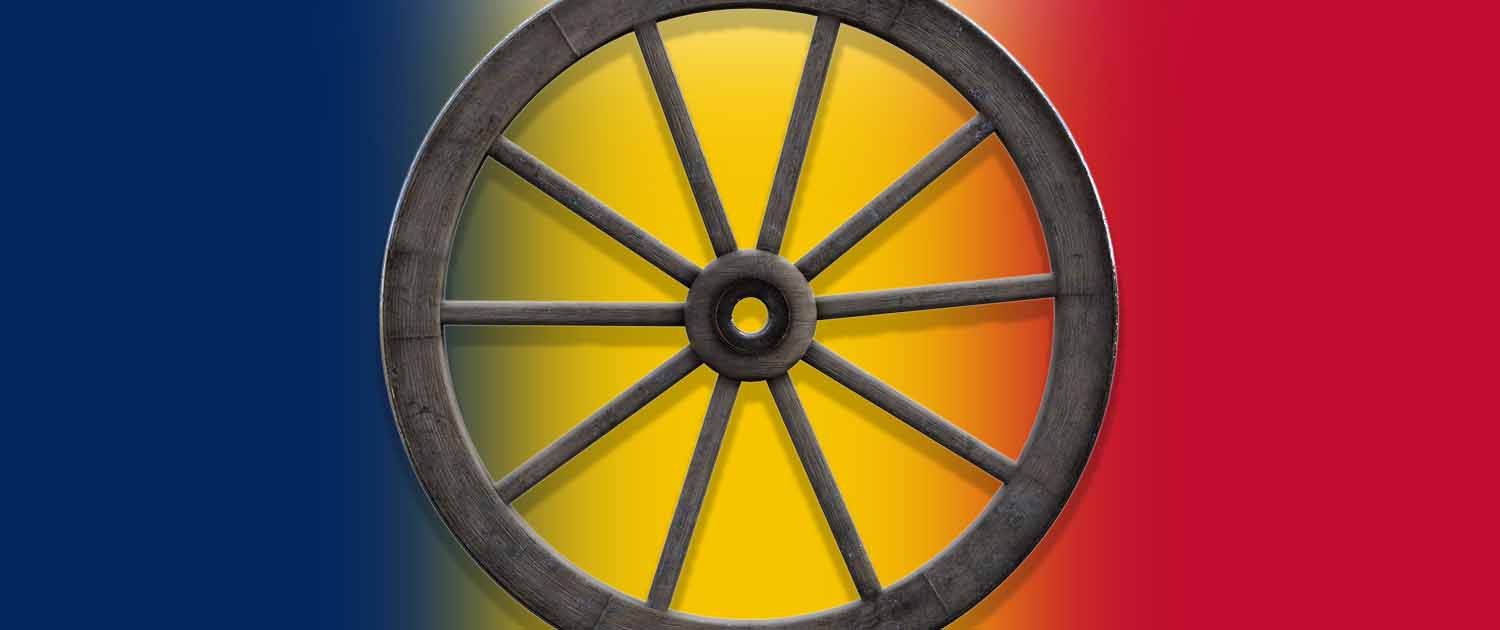On 20 August 2024, global monitoring services recorded a significant Internet outage in Chad lasting three hours (Figures 1 and 2). Sources indicate that this was the result of a double fiber cut to Camtel infrastructure in Cameroon, one of two countries that Chad sources international connectivity from — the other international link, via Sudan, has been down since 27 May 2024 due to ongoing conflict in the country.
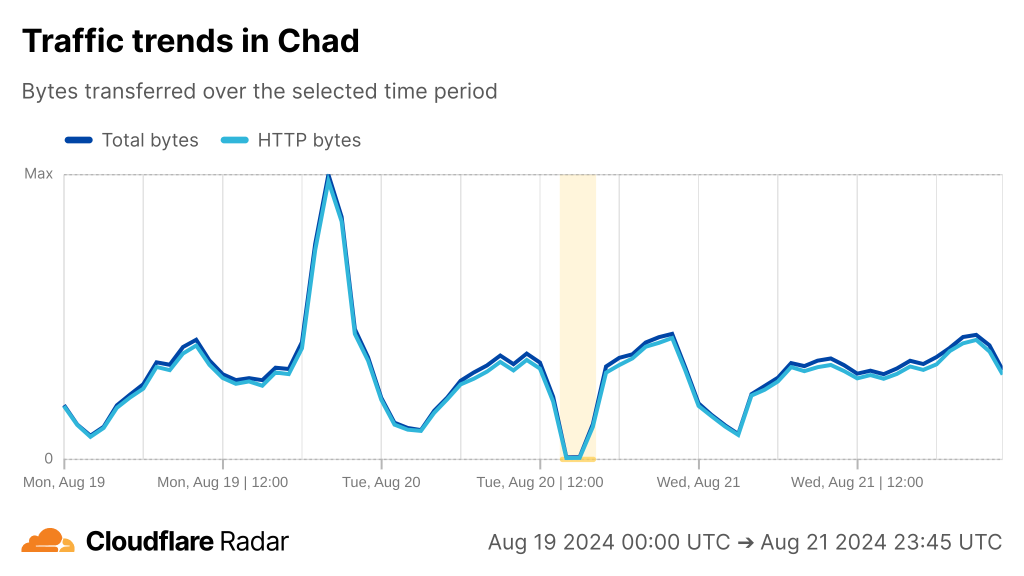
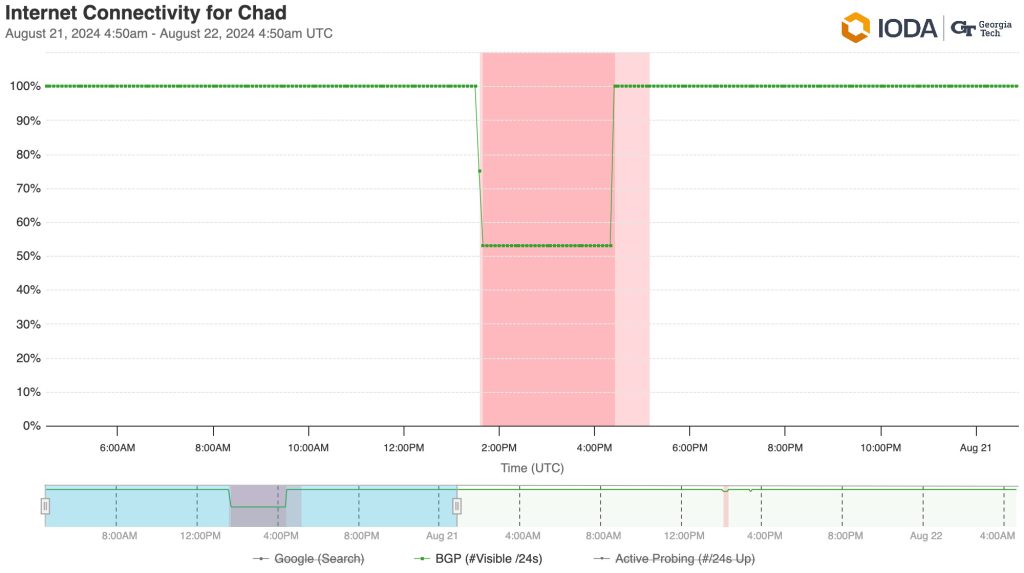
This recent outage is the latest in a series of Internet outages in Chad over the last year, reflecting an Internet infrastructure with deficient resiliency levels. Unless significant improvements are made to diversify and strengthen its Internet infrastructure’s resilience, Chadian Internet users will likely continue to face outages in the future.
The Internet is Designed to Handle Disruptions
The Internet was designed using a packet-switching model.
In this model (Figure 3), Internet data is broken up and bundled into tiny packets, which are then sent across the Internet to their destination. Crucially, packets can take a different path across the Internet to their destination. If a network is offline or disrupted, the packet will take a different path through the Internet until it reaches its destination. At a design level, this high level of adaptability creates resiliency to localized problems on the Internet.
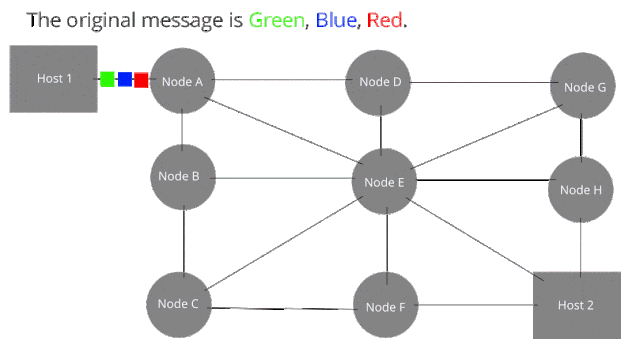
The Internet’s packet-switching model enables incredible resiliency for the Internet. However, a country must have the infrastructure and Internet ecosystem to enjoy its full benefits. These benefits are lost if a country’s Internet is centralized into a hub-and-spoke model.
Chad’s Hub-and-spoke Internet Infrastructure Leads to Inevitable Outages
As noted in our Pulse country report for Chad, the country is ranked very low for Internet resilience. While there are many contributing factors to this score, a core problem facing the Chadian Internet is its lack of diversity of International connections to the wider Internet. With one network providing international connectivity and little content hosted locally, that one network becomes a weak point with the capability to cause an outage for every Internet user in Chad.
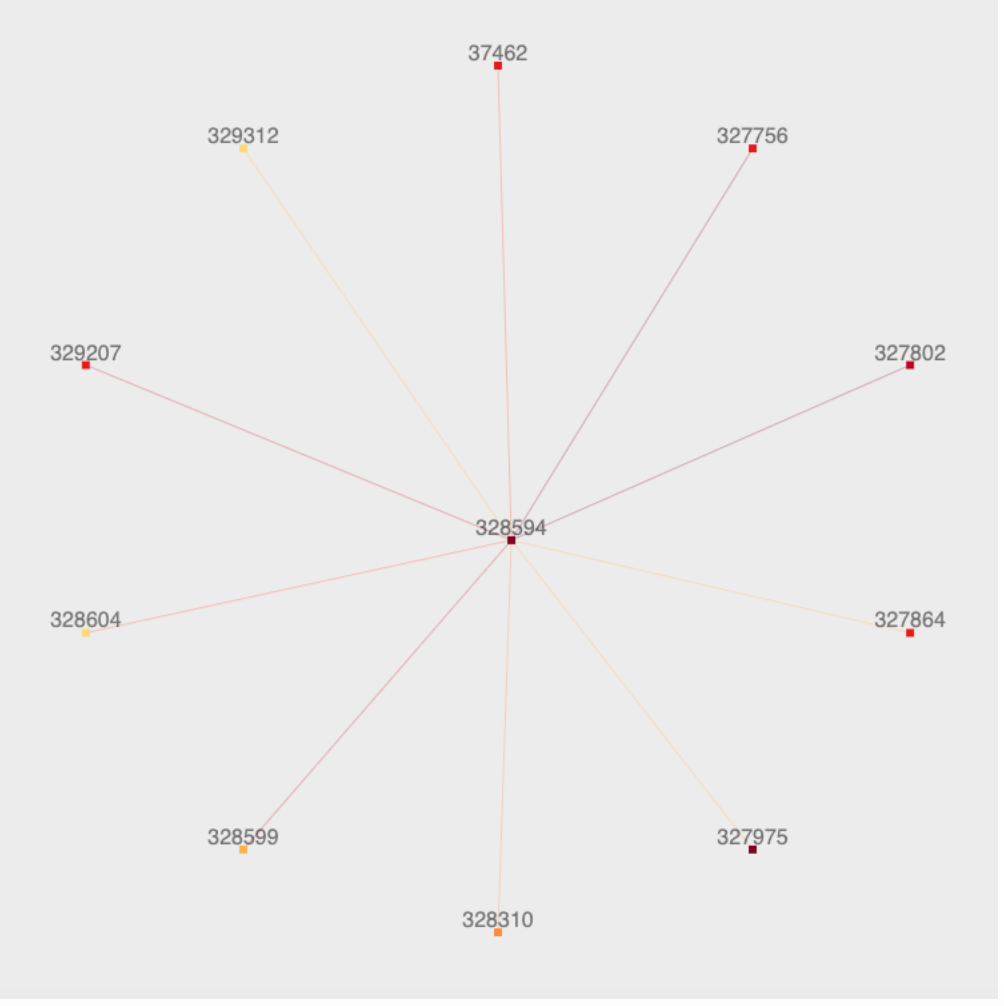
Chadian networks connect to the rest of the global Internet through one network, Sudat Chad, which acts as the hub in a hub-and-spoke model for the Chadian Internet. Like any hub-and-spoke model, the hub, in this case, Sudat Chad, which provides international connectivity, becomes a single point of failure. There is no redundancy for international data transit. As a result, if Sudat Chad experiences a disruption or outage, every network in Chad suffers a disruption or outage.
Additionally, international connections are particularly essential for the Chadian Internet. Content delivery networks host copies of content in data centers around the world (called caches). This provides additional places for users to access content, often physically closer to their locations. Caches, often located at an Internet exchange point (IXP), allow for more resiliency as they provide more ways to access popular content.
Despite Chad having one active IXP, none of Chad’s top 1,000 most popular websites are hosted in the country (Figure 5). This means that to reach any popular website, data must go through a single network providing international transit. If that network is disrupted, all access to popular websites is gone.
As a counter-example, 60% of popular content in Kenya is hosted on servers in the country. Additionally, most Internet traffic can stay within Kenya. As a result, Kenyan Internet users can still access much of the Internet even when facing interruptions in international transit connections.

Building Diversity of Connectivity and Fostering Local Content Hosting
The Chadian Internet faces structural problems that require structural solutions. There are clear steps to improve the resiliency of the Internet infrastructure.
Diversify International Transit
As several recent outages make clear, Chad’s current hub-and-spoke model is weakening its Internet resilience. To improve this situation, Chad should take steps to encourage and invest in creating more providers offering international Internet transit services.
By creating more transit networks and building physical infrastructure to create more connections to the global Internet, Chad can have more robust redundancy in its Internet. This can help break the current hub-and-spoke model and eliminate a single point of failure in their infrastructure. Sometimes, this may require new policies or working closely with different stakeholders to foster these changes.
One source has told Pulse that a new fiber link connecting Chad to the trans-Saharan fiber optic network will be available in the next three months.
Foster Local Hosting
Despite having an active IXP that connects a third of the country’s networks, there are no active content delivery networks operating caches in Chad. As a result, most Internet traffic must leave and return via a single transit provider.
The Internet Society’s 50/50 Vision offers several recommendations for different stakeholders to pursue in developing and fostering greater local hosting in their country.

